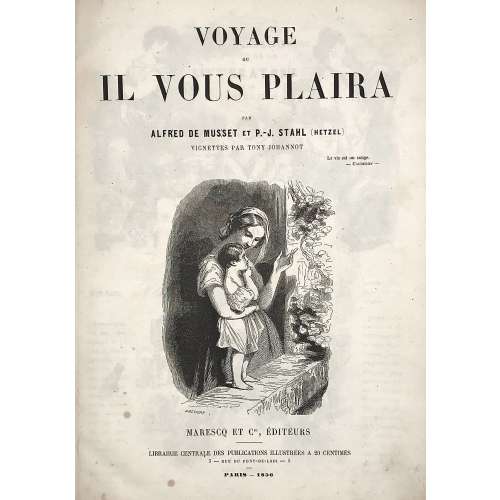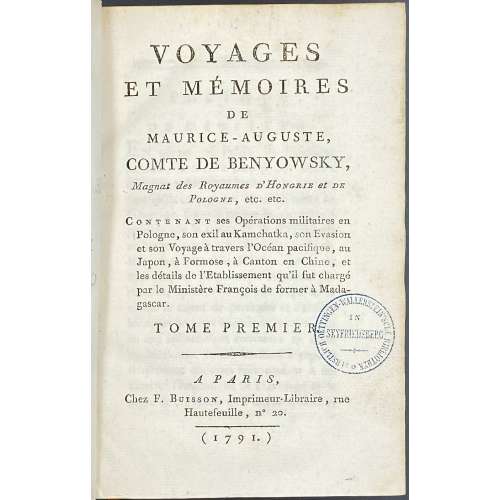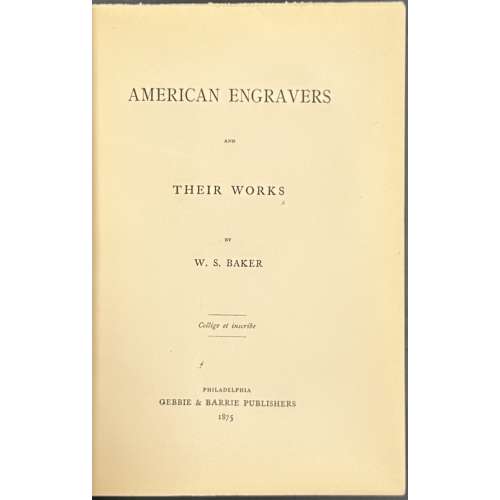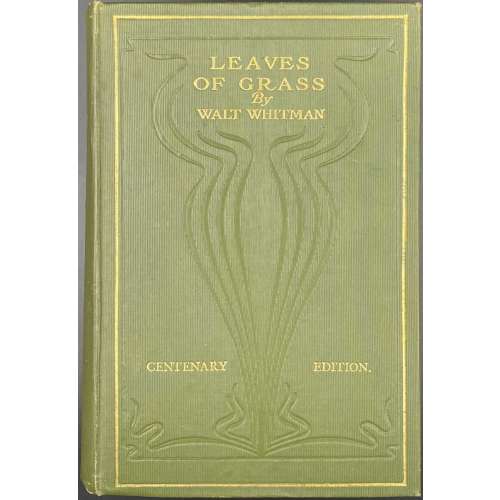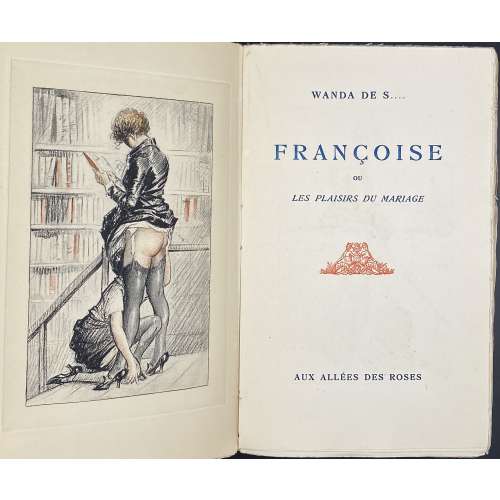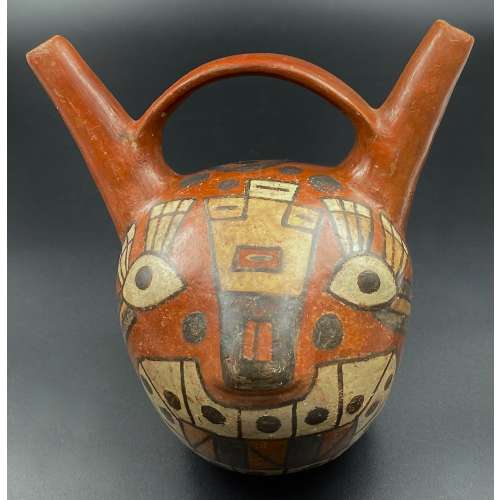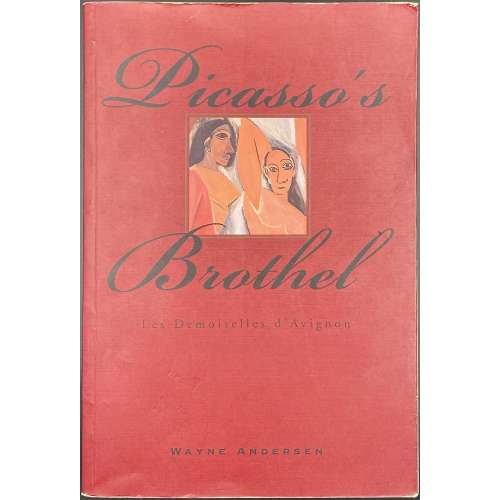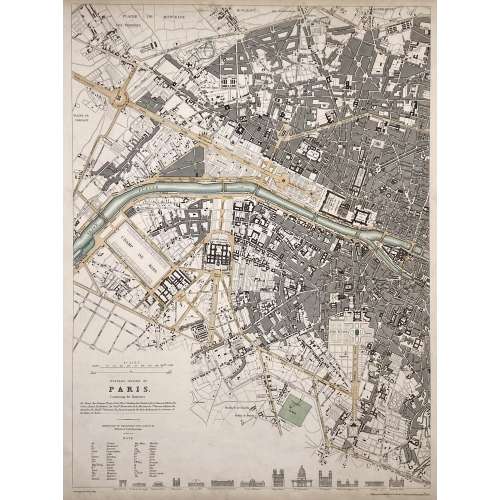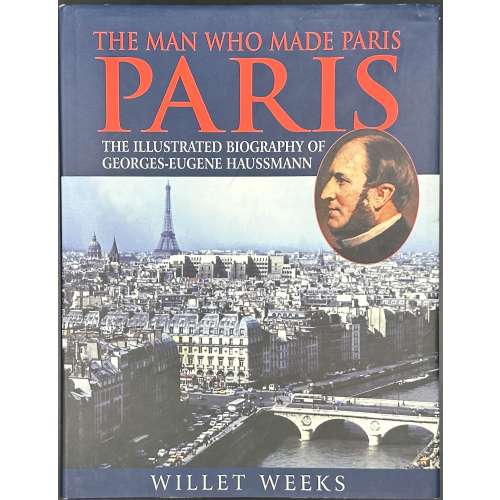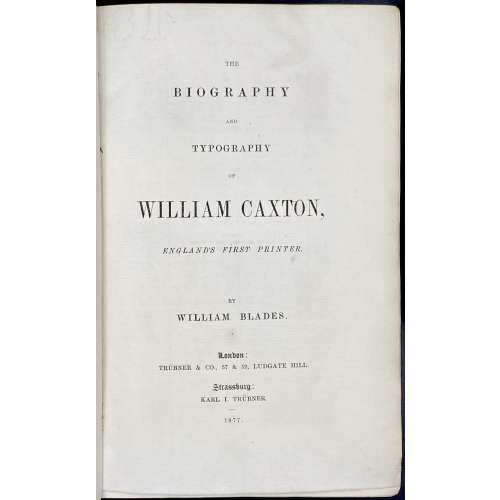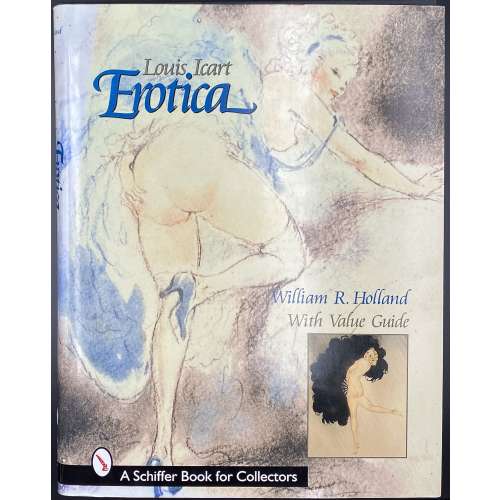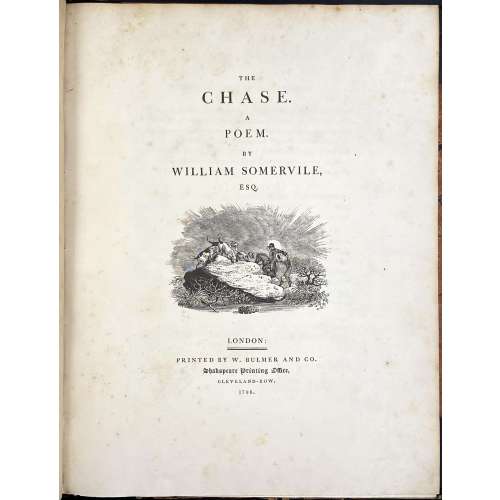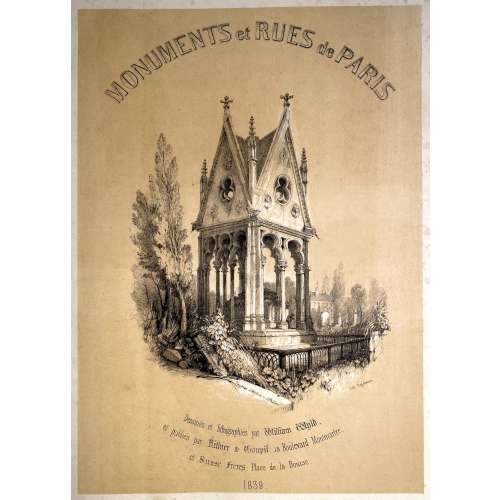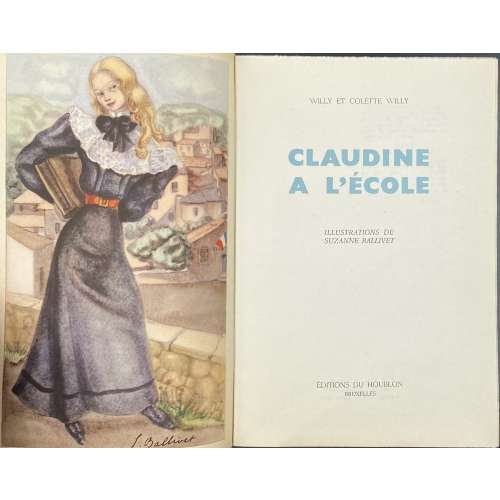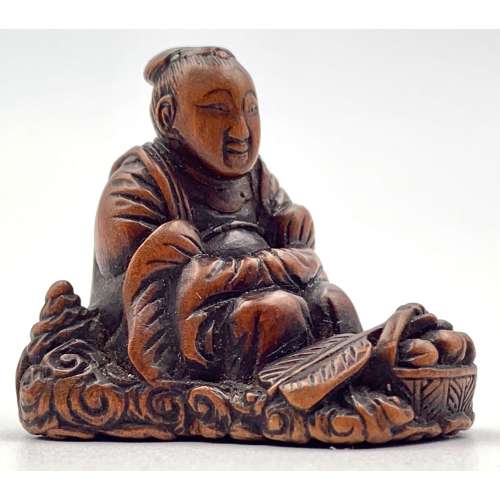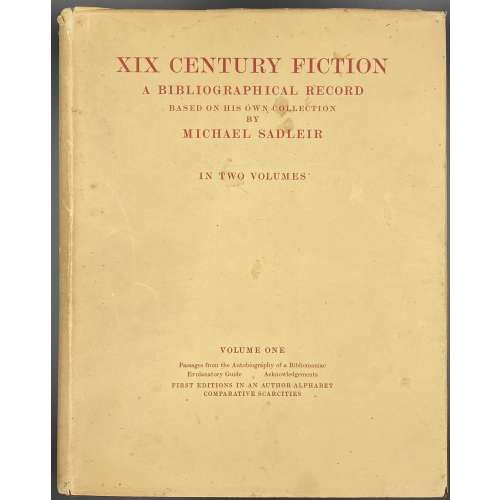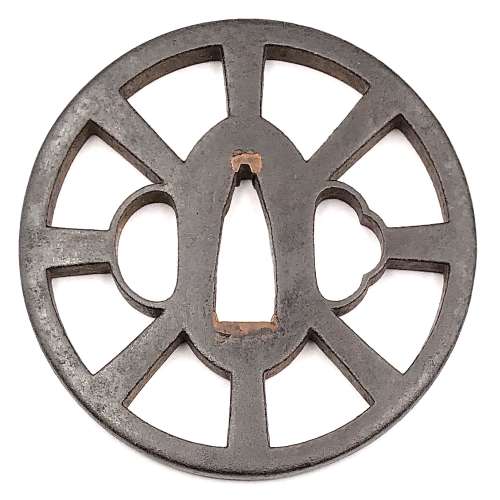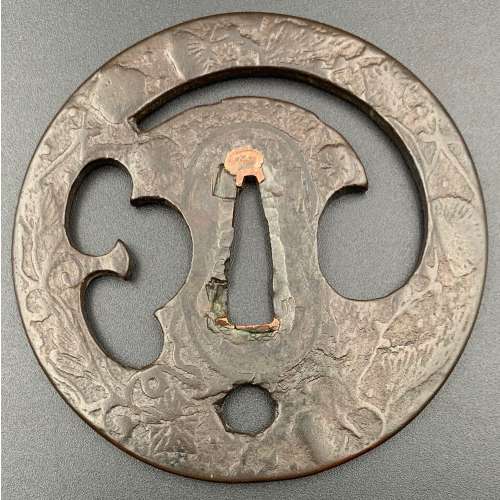Voyage ou Il vous plaira by Alfred de Musset and P.-J. Stahl (Hetzel); Tony Johannot (illustrations). [Les chefs d'oeuvres de la litterature et de l'illustration] // Marescq et Cie, éditeurs, - Paris, 1856.
Contes de Charles Nodier by Jean Charles Emmanuel Nodier (1780 – 1844) illustrated by H. Émy.
Owner's binding in red half Morocco, A4 (297 x 219 mm). "Voyage ou Il vous plaira" (60 pages) and fairy tales by Charles Nodier with illustrations by H. Émy (Armand-Louis-Henri Telory, born in Strasbourg in 1820 and died in 1874): "La Fée aux miettes" ; "Le songe d'or (fable levantine)"; "La légende de la Soeur Béatrix"; "Trilby"; Inès de las Sierras"; "Baptiste Montauban"; "Smarra ou les démons de la nuit"; "La neuvaine de la Chandeleur"; "La combe de l’homme mort". Extensive foxing, owner's pencil drawings on some pages, otherwise good condition.


